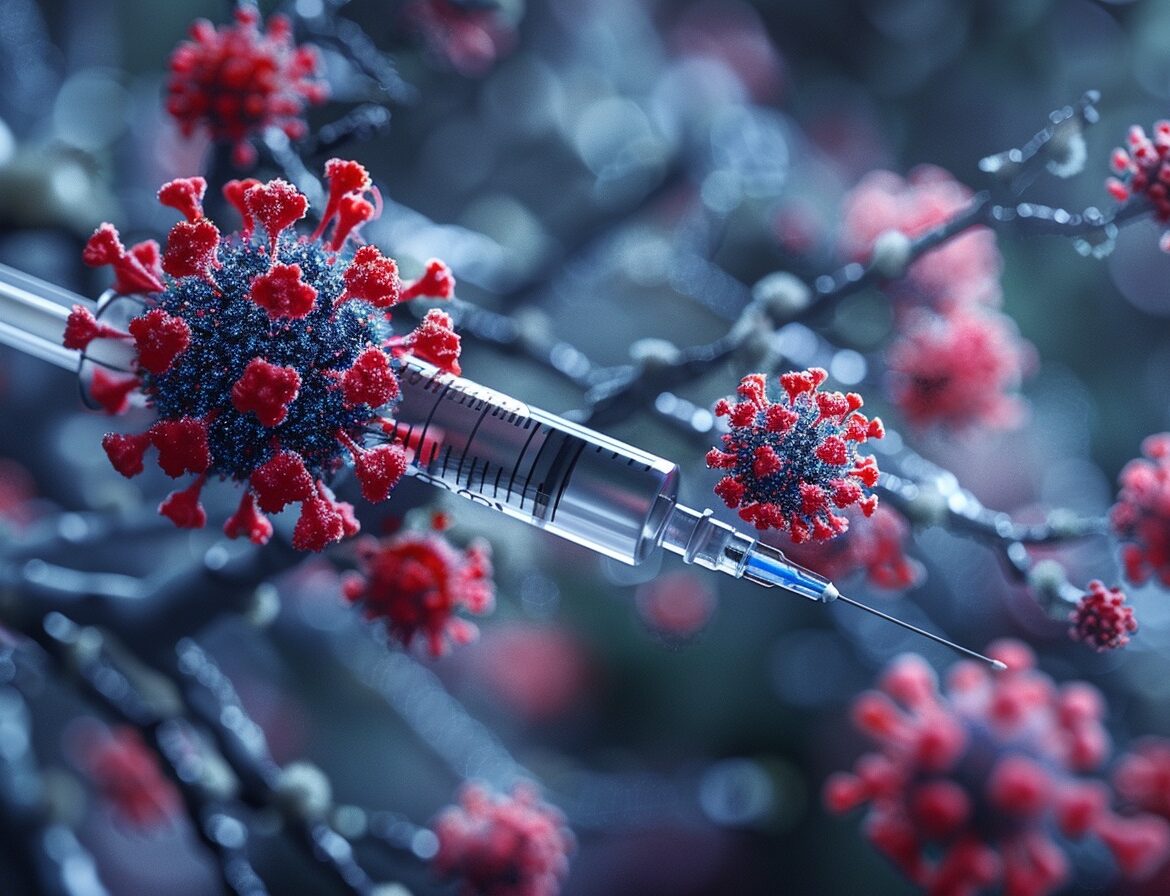The Covishield vaccine has been a critical tool in the fight against COVID-19. However, like all medical treatments, it comes with potential side effects, one of which includes the rare but serious condition known as Thrombosis with Thrombocytopenia Syndrome (TTS). Below, we delve into what TTS is, its symptoms, how it can be diagnosed, and the available treatment options.
1. What is Thrombosis with Thrombocytopenia Syndrome?
Thrombosis with Thrombocytopenia Syndrome (TTS) is a rare condition that occurs when a person develops blood clots (thrombosis) along with low levels of blood platelets (thrombocytopenia). TTS is notably linked to adenoviral vector COVID-19 vaccines like AstraZeneca's Covishield. This condition is considered an immune response that leads to an unusual activation of platelets and clotting systems, causing potentially dangerous clotting in various parts of the body including major arteries and veins.
2. Symptoms of TTS
Symptoms of TTS can vary but typically include:
- Severe and persistent headaches
- Blurred vision or other visual disturbances
- Abdominal pain
- Leg swelling
- Shortness of breath
- Neurological symptoms such as confusion or seizures
These symptoms often appear within one to three weeks following vaccination. Recognizing these early signs is crucial for prompt treatment.
3. Diagnosing TTS
Diagnosing TTS requires a careful clinical evaluation due to its similarity to other clotting disorders. Healthcare providers consider the patient’s recent health history, including any recent vaccinations. Diagnostic tools may include:
- Blood tests to measure platelet levels
- Imaging scans like MRI or CT scans to detect blood clots
- D-dimer tests to help rule out other clotting disorders
Given the complexity of the syndrome, a multidisciplinary team is often involved in the diagnosis and management of suspected TTS cases.
4. How can it be treated
Treatment for TTS needs to be tailored to the individual, taking into account the severity of the symptoms and the location of the thrombosis. General approaches include:
- Anticoagulants: These are used to prevent further clotting. However, their use must be carefully balanced with the risk of bleeding due to low platelet counts.
- Intravenous immunoglobulin (IVIG): This treatment can help block the antibodies causing platelet activation.
- Corticosteroids: These may be used to reduce inflammation.
- Platelet transfusions: Generally avoided unless absolutely necessary, as they can worsen the condition in some cases.
Treatment strategies are evolving as more is learned about TTS, and they require close monitoring by a team of specialists, including hematologists, neurologists, and cardiologists.Understanding TTS is key to mitigating risks and ensuring the continued safety and success of vaccination programs. Awareness of the symptoms and treatment options allows for prompt medical response, potentially preventing serious outcomes associated with this rare vaccine-related condition.

